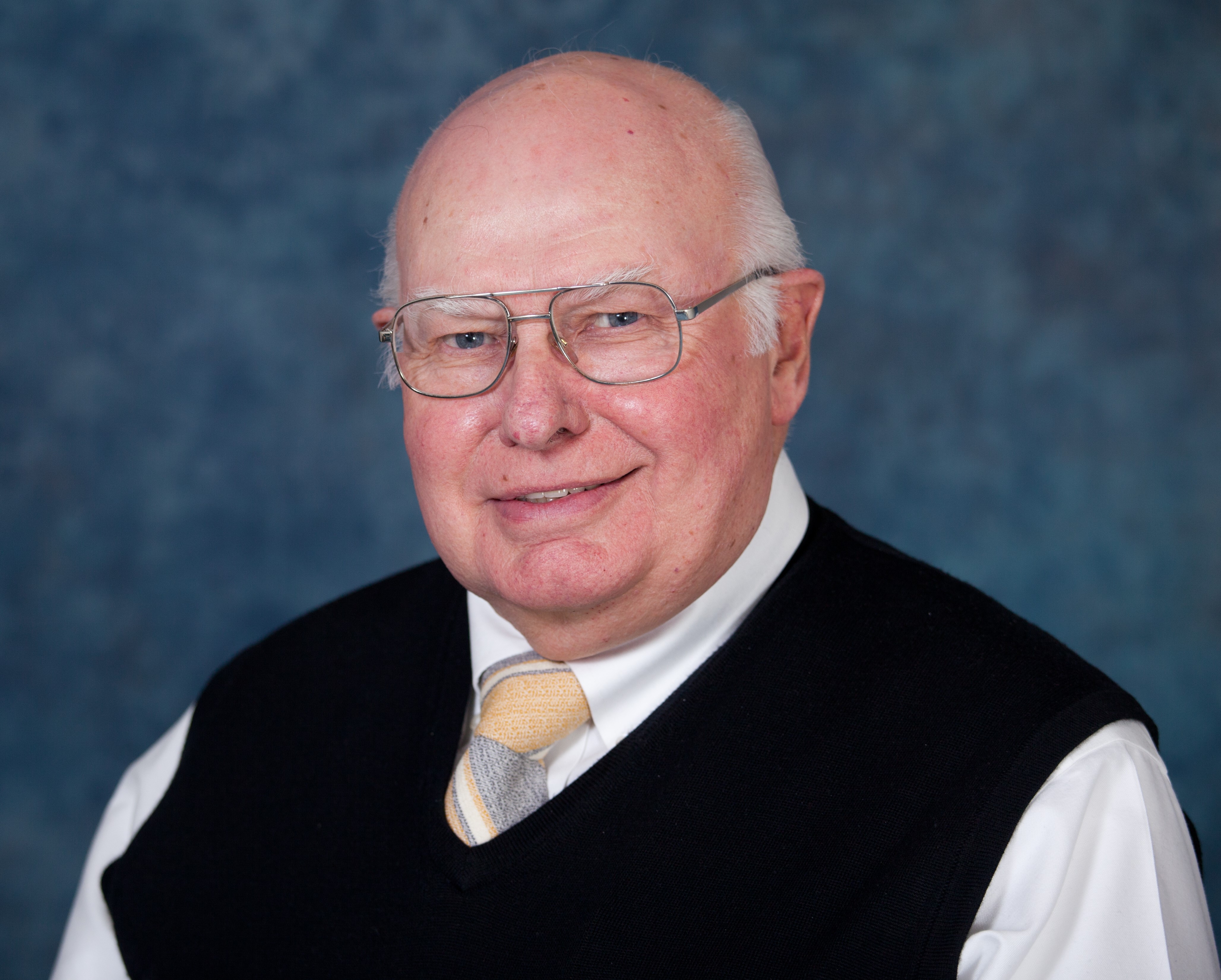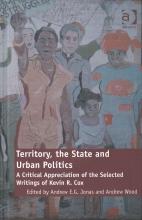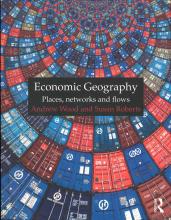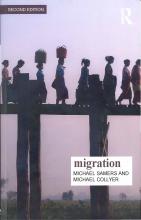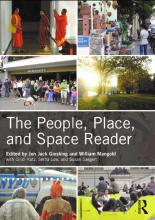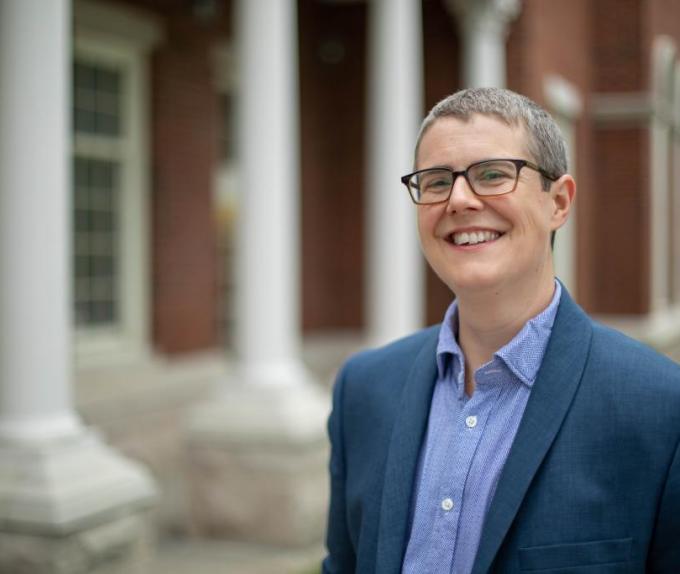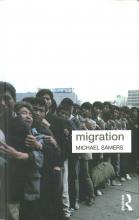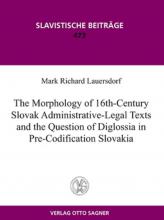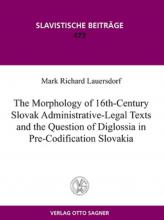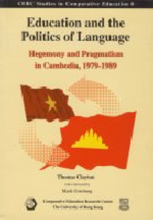Kentucky's Frontier Highway: Historic Landscapes along the Maysville Road
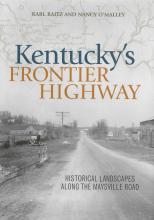
Eighteenth-century Kentucky beckoned to hunters, surveyors, and settlers from the mid-Atlantic coast colonies as a source of game, land, and new trade opportunities. Unfortunately, the Appalachian Mountains formed a daunting barrier that left only two primary roads to this fertile Eden. The steep grades and dense forests of the Cumberland Gap rendered the Wilderness Road impassable to wagons, and the northern route extending from southeastern Pennsylvania became the first main thoroughfare to the rugged West, winding along the Ohio River and linking Maysville to Lexington in the heart of the Bluegrass.
Kentucky's Frontier Highway reveals the astounding history of the Maysville Road, a route that served as a theater of local settlement, an engine of economic development, a symbol of the national political process, and an essential part of the Underground Railroad. Authors Karl Raitz and Nancy O'Malley chart its transformation from an ancient footpath used by Native Americans and early settlers to a central highway, examining the effect that its development had on the evolution of transportation technology as well as the usage and abandonment of other thoroughfares, and illustrating how this historic road shaped the wider American landscape.

